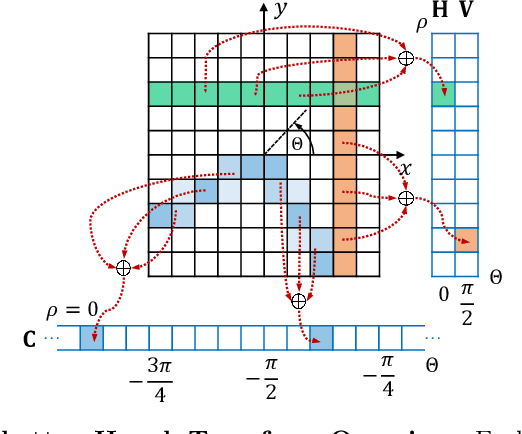Yining Zhao
Implicit U-KAN2.0: Dynamic, Efficient and Interpretable Medical Image Segmentation
Mar 05, 2025Abstract:Image segmentation is a fundamental task in both image analysis and medical applications. State-of-the-art methods predominantly rely on encoder-decoder architectures with a U-shaped design, commonly referred to as U-Net. Recent advancements integrating transformers and MLPs improve performance but still face key limitations, such as poor interpretability, difficulty handling intrinsic noise, and constrained expressiveness due to discrete layer structures, often lacking a solid theoretical foundation.In this work, we introduce Implicit U-KAN 2.0, a novel U-Net variant that adopts a two-phase encoder-decoder structure. In the SONO phase, we use a second-order neural ordinary differential equation (NODEs), called the SONO block, for a more efficient, expressive, and theoretically grounded modeling approach. In the SONO-MultiKAN phase, we integrate the second-order NODEs and MultiKAN layer as the core computational block to enhance interpretability and representation power. Our contributions are threefold. First, U-KAN 2.0 is an implicit deep neural network incorporating MultiKAN and second order NODEs, improving interpretability and performance while reducing computational costs. Second, we provide a theoretical analysis demonstrating that the approximation ability of the MultiKAN block is independent of the input dimension. Third, we conduct extensive experiments on a variety of 2D and a single 3D dataset, demonstrating that our model consistently outperforms existing segmentation networks.
3D Room Layout Estimation from a Cubemap of Panorama Image via Deep Manhattan Hough Transform
Jul 19, 2022



Abstract:Significant geometric structures can be compactly described by global wireframes in the estimation of 3D room layout from a single panoramic image. Based on this observation, we present an alternative approach to estimate the walls in 3D space by modeling long-range geometric patterns in a learnable Hough Transform block. We transform the image feature from a cubemap tile to the Hough space of a Manhattan world and directly map the feature to the geometric output. The convolutional layers not only learn the local gradient-like line features, but also utilize the global information to successfully predict occluded walls with a simple network structure. Unlike most previous work, the predictions are performed individually on each cubemap tile, and then assembled to get the layout estimation. Experimental results show that we achieve comparable results with recent state-of-the-art in prediction accuracy and performance. Code is available at https://github.com/Starrah/DMH-Net.
 Add to Chrome
Add to Chrome Add to Firefox
Add to Firefox Add to Edge
Add to Edge